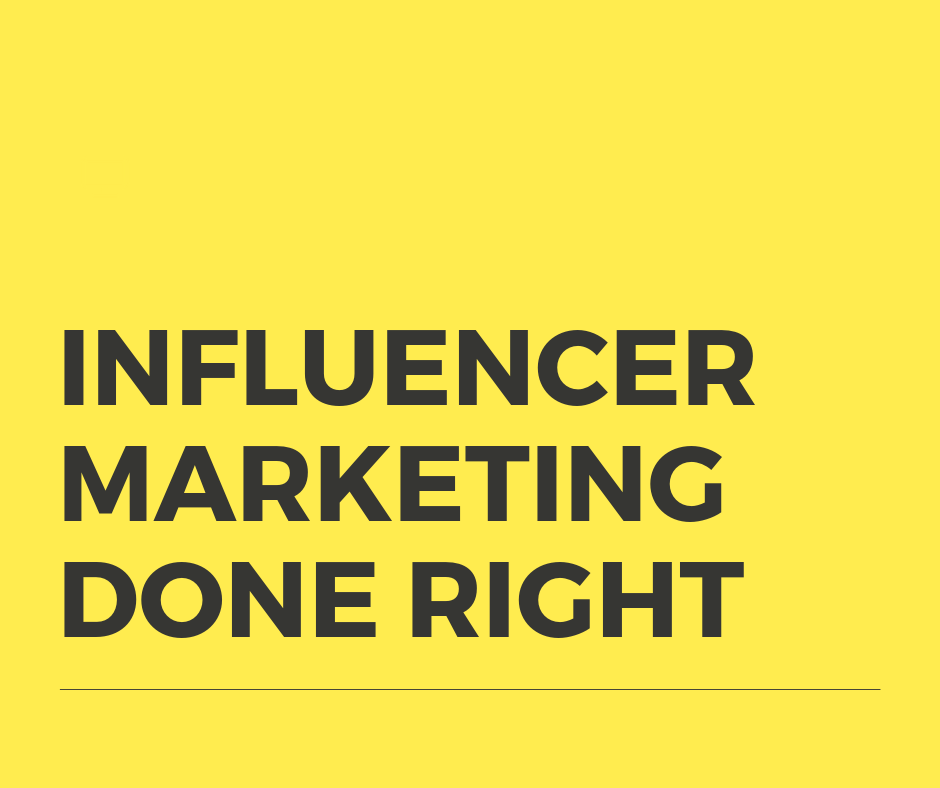
Good talent hard to come by? Try social media.
“The good ones always play hard to get!” sighed Timothy, the Head of Human Resources at a leading technology company.
“I had zeroed into this great candidate, George, but then he shared that he already had two offers and would take time to decide whether to take ours,” she continued to vent out her frustration. It was clear that she wasn’t too optimistic about the outcome.
Jim, the Chief Operating Officer enquired about the source of these applicants. “From job portals”, pat came the answer.
Jim recalled his own experience of recruiting for a senior position where a renowned executive search firm found a good candidate, and how the compensation negotiations took over two months (with no result). Both Jim & Timothy felt that they did not have enough control and levers to get the talent they needed.
Timothy and Jim are fictional, yet recognizable people within every growing organization, where demand for talent outstrips talent availability. Several sectors, including technology are witnessing a huge surge in demand for specialized talent and these markets are increasingly employee driven markets. This is in sharp contrast to blue-collared jobs, where the market is driven by employers.
Traditional methods of using consultants, executive search firms and job portals are non-optimal in such talent driven markets. Recruiters are beginning to realize how important it is to “own” one channel, where they are in control. A channel where they are able to better portray what their value proposition is. Social platforms provide an attractive option using which employers can reach out to the talent they wish to recruit and deliver their narrative – free from the clutter on job portals.
Job portals & consultants aggregate supply, so how could that be bad?
Aggregators of supply add value for sure, but not in an extremely talent driven market. The economics of both depend on being able to “sell” data, or show talent, to multiple employers. Therefore, every candidate one sees is: a) already pursuing multiple attractive opportunities; b) is being wooed by better remuneration and sops, c) hasn’t got the chance to pay attention to what unique career opportunities your organization provides. In short, she is spoilt for choices and because of the nature of how aggregators work, she does not get an opportunity to delve into the finer detail and intangibles other than compensation, sops and the like.
If you are an employer who offers a median or below the median salary, but make up for this gap through a great culture, growth prospects and other intangibles, aggregators might not serve your interests very well. Especially, in supply constrained markets. You need to able to tell your story, at length without distractions. One avenue to do so is provided by social platforms.
Social platforms help create affinity towards your employer brand
The ideal interview is one where the candidate has already read about you, is well informed about the career opportunities and has spoken with people within the company to understand the nuances of working with you. The promise that social platforms offer is that you can actually create a constant stream of such candidates who already have some affinity for your employer brand!
In fact, from our experience of recruiting for employer brands, we know that applications which originate in the brand owned mediums such as social or website’s career section have more affinity versus those applicants who shop around. The schematic below shows the affinity spectrum – ranging from aggregators to referrals.
One can use social platforms to target the ideal candidate profile and communicate about why it is worthwhile pursuing a career within your organization. Is this selling? Yes, of course it is. But while a job post on an aggregator website puts your job alongside multiple others and there is mighty little you could say, using the social channel allows you to convey your proposition much better, without any distractions.
The best practices being showcased could include:
- Showcasing examples of how people within the organization have grown significantly over the years
- Enable an interaction with actual employees who can help them understand the culture and work better.
- Glimpses of interactions of informal events, off-sites, training sessions and workshops which help the employees to grow beyond the usual
Which social platform should you be running your recruitment ads?
Below is a framework which might help you choose the right platform. Remember that this framework is to be used when running paid advertising for recruitments. The factors are seniority of recruits and volume of applicants.
The above framework is only for advertising. Your content strategy and platform choices for employer branding can be different than the above framework. Having a rich social presence helps the candidates understand the business, culture and opportunities better and therefore.
Best practice on running social ads for recruitment
- Start with a workshop with the Human Resources Teams, Functional Teams and Training and Development teams to define personas who you already see. Define the ideal candidate profiles – for example, “Someone who is well travelled and read, has worked for at least 10 years and has shown leadership skills” – the more specific the personas the better
- Sit with your digital team or partner and translate these into targeting parameters. You’d be surprised by what is possible. In fact, uploading the successful recruit’s contacts can help you create “look-alikes” as well. This might not always work or might not be even recommended but can help in several other cases.
- Define what distinct features appeal to applicants and the organizations’ values which you’d want the applicants to know. Speaking with recent recruits can help define this. Use these to define the communication plan.
- Deploy a CRM and parsing tool which helps score candidate profiles. This can help you score resumes based on exactly what you are looking for (think specific certifications, years of experience and so on). Helps a great deal in both sifting through a large number of applicants and also optimizing your ads on which communication yields the best candidates, who ultimately you’d like to offer the position.
Running recruitment programs using social platforms can help you stand out, say all that you’d like to say to woo the right candidate and drive affinity towards your employer brand.





